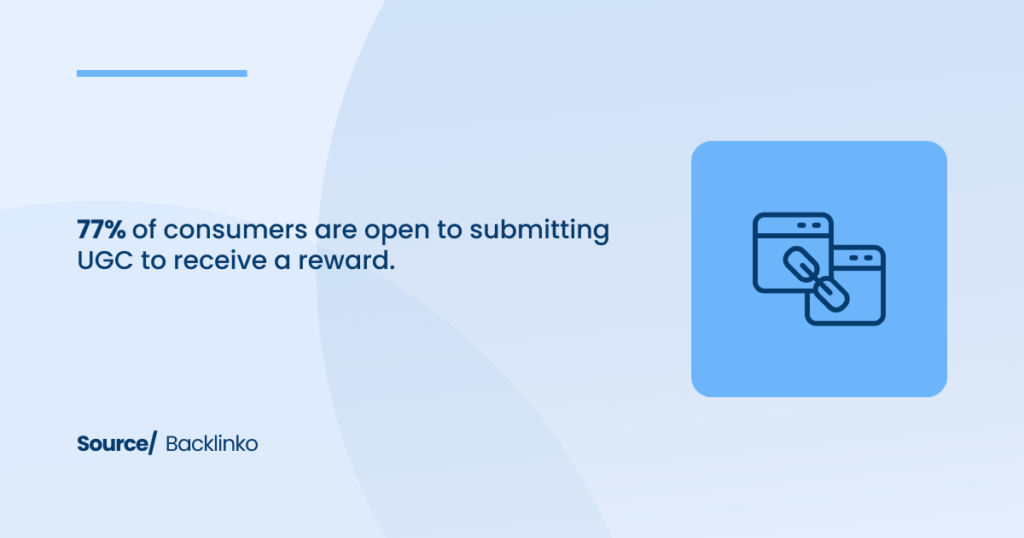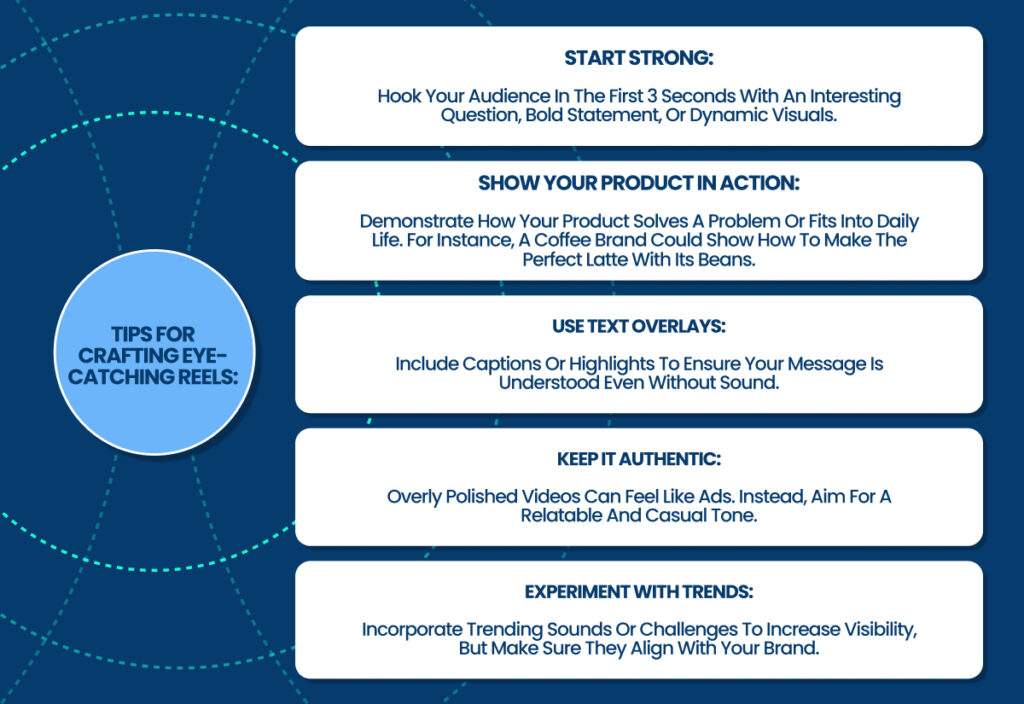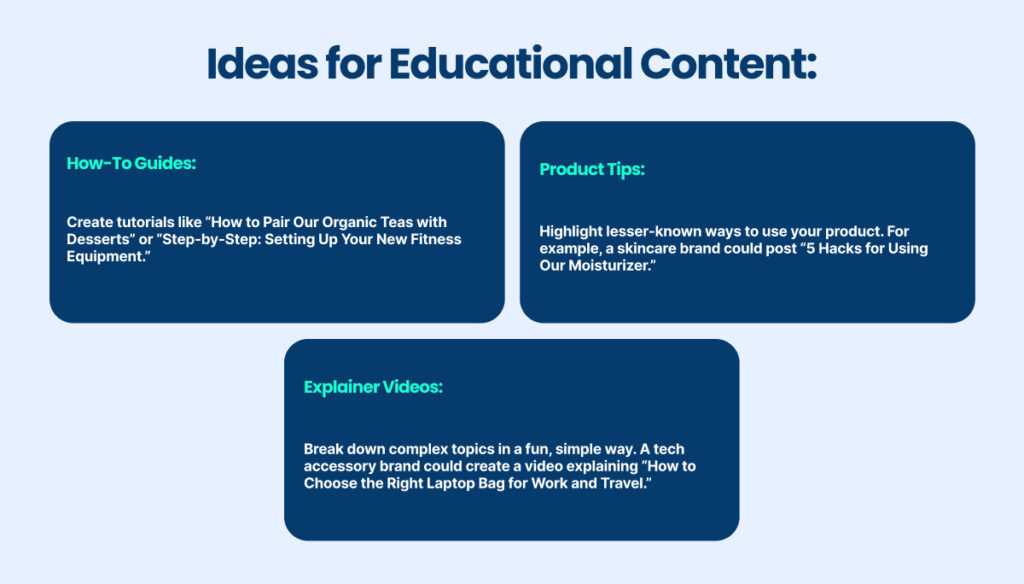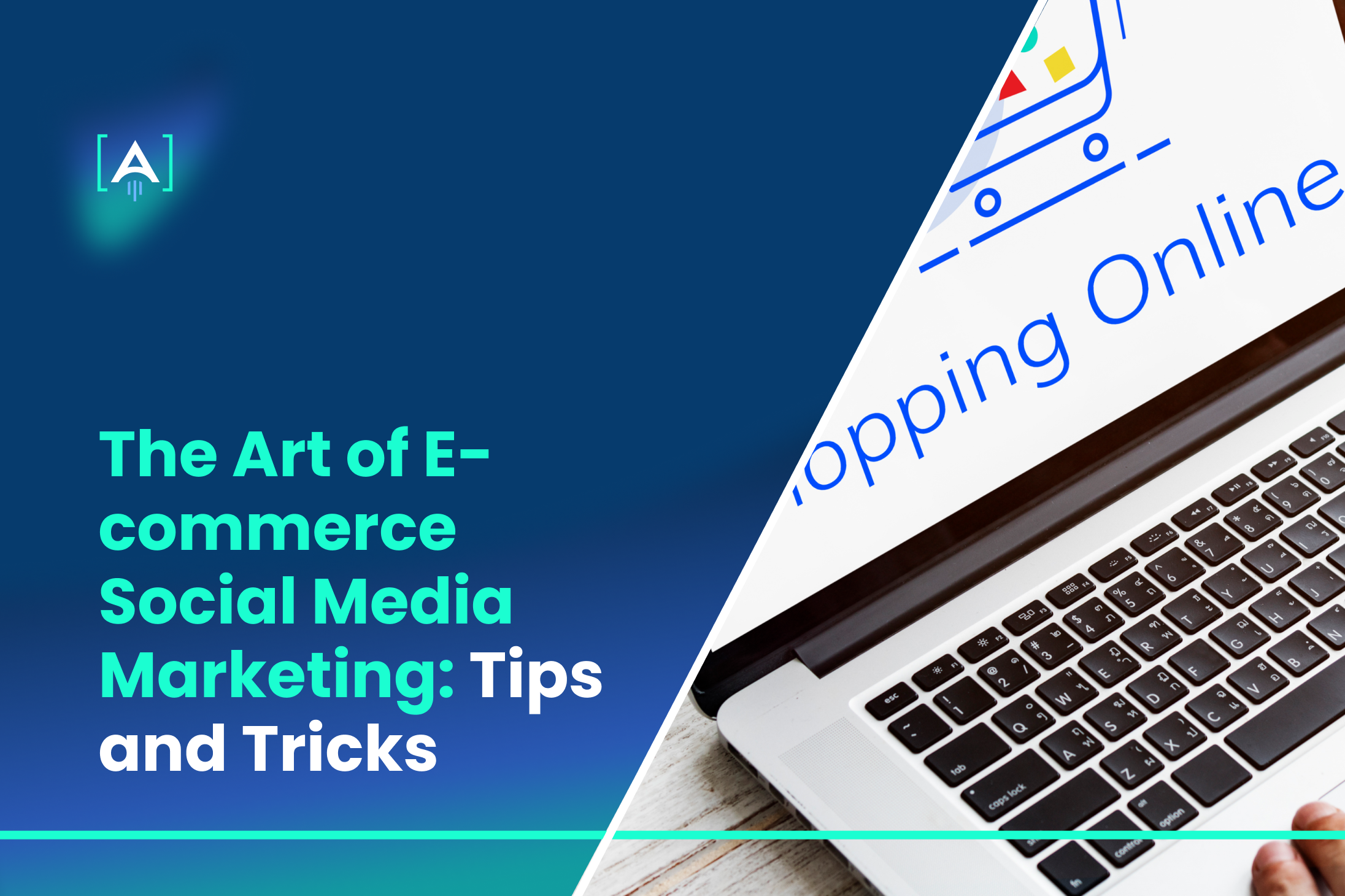Did you know that half of shoppers worldwide use social media to discover products, but even more (59%) use it to purchase something?
Social media isn’t just a place to scroll through memes or follow your favorite influencers anymore. It’s a thriving marketplace where businesses and customers connect in real-time.
From interactive stories to shoppable posts, it’s reshaping how we browse, buy, and build brand loyalty.

Source: eMarketer
The key to e-commerce social media marketing e lies in its accessibility.
With a smartphone, businesses can reach millions of potential customers, spark genuine conversations, and even close sales—all without a physical storefront. But here’s the catch: simply having a presence on social media isn’t enough anymore.
To stand out, you need to turn your strategy into an art form. An experienced E-Commerce Marketing Agency will invite customers into an experience, not just a transaction.
If ready, let’s turn your social media into a revenue-driving powerhouse!
Where Is Your Audience Hiding? Finding Your Perfect Platform
Regarding social media marketing for e-commerce, choosing the right platform isn’t just about trends. It’s about knowing your audience.
Instagram and TikTok dominate as social commerce hubs, but their strengths lie in different areas.
Instagram: The Visual Marketplace
- Demographics: Instagram attracts a diverse audience, but its core users are aged 18-34. This makes it perfect for fashion, beauty, and lifestyle brands.
- Features: Instagram is a visual-first platform, offering shoppable posts, Stories, Reels, and a strong ad ecosystem. Its “Shop” tab lets users discover and buy products without leaving the app.
- Best Practices:
- Use high-quality images and videos to showcase your products.
- Leverage Reels to connect with younger audiences looking for quick, entertaining content.
- Incorporate e-commerce SEO by optimizing captions and hashtags for discoverability.
Source: Statista
TikTok: Entertainment Meets Commerce
- Demographics: TikTok’s users skew younger, with 60% of its audience under 25. If your target includes Gen Z, this is where they spend their time.
- Features: TikTok’s algorithm promotes short, engaging videos that can go viral. The platform supports shoppable videos, live shopping events, and direct product links.
- Best Practices:
- Use authentic, relatable content instead of polished ads.
- Participate in trending challenges or create your own to boost engagement.
- Collaborate with micro-influencers to build trust within niche communities.
Source: Exploding topics
Which Is Better? The answer depends on your product type and audience preferences:
- If you’re selling premium products that rely on aesthetics, Instagram’s polished environment may be ideal.
- For fun, impulse-buy items, TikTok’s fast-paced and casual atmosphere can drive sales.
Niche Networks: Why Pinterest and LinkedIn Deserve Your Attention
While Instagram and TikTok steal the spotlight, smaller platforms like Pinterest and LinkedIn hold untapped potential for certain e-commerce businesses.
Pinterest: Visual Inspiration Meets E-commerce
- Who’s Here? Pinterest’s audience skews female (76%) and includes users actively seeking ideas, making it ideal for home décor, DIY, and fashion brands.
- Why It Works: Pinterest acts like a visual search engine. Users come with buying intent, searching for inspiration and ideas they can bring to life.
- Best Practices:
- Pin visually appealing product images with clear descriptions and links to your e-commerce site.
- Use ecommerce analytics to track pin performance and understand what resonates with your audience.
- Create boards focused on popular themes (e.g., “Backyard Wedding Ideas” featuring your outdoor décor).
LinkedIn: The Professional’s Playground
- Who’s Here? LinkedIn is perfect for B2B e-commerce businesses and brands selling high-ticket items like tech gadgets or professional tools.
- Why It Works: While not a traditional social commerce platform, LinkedIn excels at building relationships with decision-makers.
- Best Practices:
- Share case studies and success stories that highlight how your products solve real problems.
- Use LinkedIn Ads to target professionals with job titles that match your audience.
- Build credibility through educational posts, webinars, or thought leadership.
By exploring these niche platforms, you can reach highly engaged audiences ready to convert.
The Human Touch: Turning Followers into Fans
Social media is about selling and building emotional connections.
Storytelling gives your brand a personality that resonates with customers.
Why Storytelling Works:
- Humans are wired to connect through stories. A compelling narrative can make your product more memorable.
- Authenticity builds trust, especially in a crowded e-commerce market.
How to Tell Your Brand’s Story:
- Start with Your ‘Why’: Why did you start your business? Share your mission, challenges, and successes.
- Highlight Real People: Share stories about your customers or team. For example, a clothing brand might showcase a customer who wore their outfit to a special event.
- Use Social Media Features:
- Post a behind-the-scenes Reel showing how your products are made.
- Create Stories highlighting your journey as a small business owner.
Example: A skincare brand could post about the founder’s struggle with sensitive skin and how it inspired them to create clean, gentle products. This kind of authenticity makes customers feel like they’re supporting a real person, not just a faceless business.
UGC: Why Your Customers Are Your Best Marketers
User-generated content includes reviews, photos, testimonials, and videos created by customers.
It’s one of the most powerful e commerce selling strategies because it’s authentic and relatable.

Why UGC Works:
- People trust other customers more than they trust brands.
- UGC provides social proof, showing potential buyers that others are happy with your products.
How to Encourage UGC:
- Create a Branded Hashtag: Encourage customers to share their experiences using a unique hashtag (e.g., #MyBrandStyle).
- Run Contests or Campaigns: Offer discounts or prizes for the best customer photos or videos featuring your products.
- Engage with UGC: Like, comment, and share customer posts on your social media accounts. This shows appreciation and encourages others to participate.
Example: A food delivery service might repost a customer’s Instagram photo of their meal, captioning it with “Dinner made easy with [Your Brand].”
How to Use UGC Effectively:
- Feature it in your email marketing for ecommerce campaigns to showcase happy customers.
- Add UGC photos to product pages to give new buyers confidence in their purchase.
Pro Tip: Monitor your ecommerce analytics to see which types of UGC drive the most engagement and sales.
Beyond Likes: Creating Engaging Content That Converts
Short-form videos like Instagram Reels and TikTok have become the go-to format for ecommerce social media marketing.
They’re quick, captivating, and deliver your message in under 60 seconds. This format is perfect for grabbing attention, especially as the average person’s attention span is shrinking.
Why Short-Form Content Works for E-commerce:
- Higher Engagement: Videos on Instagram generate 49% more engagement than static posts.
- Quick Communication: In less than a minute, you can highlight product features, benefits, and use cases.
- Wide Reach: Platforms like TikTok and Instagram prioritize Reels in their algorithms, making them highly discoverable.

Example: A clothing store could create a Reel showing “5 Ways to Style Our Best-Selling Jacket,” using quick transitions and upbeat music.
Interactive Posts: Polls, Quizzes, and Games That Hook Audiences
Interactive posts are a fantastic way to encourage participation, build trust, and make your audience feel involved.
They invite users to engage, which increases your post’s visibility and strengthens their connection to your brand.
Why Interactive Content Matters:
- Boosts Engagement: Instagram polls and quizzes can lead to 3x more interactions than static posts.
- Data Collection: Gain insights about your audience’s preferences without seeming intrusive.
- Fun and Memorable: They make your brand stand out by enjoyably providing value.
Ideas for Interactive Campaigns:
- Polls: Use Instagram Stories to ask questions like “Which flavor would you try first?” for a new snack line.
- Quizzes: Create a fun quiz like “Which style matches your personality?” for a fashion brand, leading participants to specific product recommendations.
- Games: Run simple contests like “Guess the number of items in the jar” or “Tag a friend who would love this!” to increase shares.
Example of a Viral Campaign: A home décor e commerce agency ran a “Decorate Your Dream Room” poll series on Instagram Stories. Followers voted on furniture, color schemes, and accessories, and the final look was showcased using the brand’s products.
Sell Without Selling: Building Trust and Loyalty
Teaching your audience something valuable is one of the most effective ecommerce selling strategies.
Educational content positions your brand as an expert while subtly showcasing your products.
Why Educational Content Builds Trust:
- Informs Decisions: Customers feel more confident buying from brands that help them make informed choices.
- Encourages Return Visits: If your posts offer consistent value, people will keep returning for more.

Example: A kitchenware company might post a video showing “3 Easy Recipes You Can Cook Using Our Non-Stick Pan.” Each recipe subtly demonstrates the pan’s features without a direct sales pitch.
Social Proof That Seals the Deal
Social proof is one of the most effective tools in marketing e-commerce because it reassures potential buyers that they’re making a good decision.
People trust other customers’ experiences more than a brand’s promises.
What Is Social Proof?
- Reviews and Ratings: 95% of shoppers read reviews before purchasing.
- Testimonials: Personal stories from happy customers can be highly persuasive.
- Real-Time Updates: Notifications like “25 people are viewing this item right now” or “10 purchases made today” create urgency.”
How to Use Social Proof Effectively:
- Highlight Reviews on Social Media: Share screenshots or graphics featuring positive customer feedback.
- Incorporate Testimonials in Ads: Use facebook ads for ecommerce to promote real success stories.
- Feature UGC on Product Pages: Show photos and videos of real customers using your products.
- Real-Time Updates: Use plugins to display purchase activity, creating FOMO (fear of missing out).
Example: A jewelry brand might feature a carousel post on Instagram with customer photos wearing their products, captioned with glowing testimonials.
From Chatbots to AI: Tools That Work While You Sleep
In the ever-connected world of e-commerce, tools like AI and chatbots can keep your business active 24/7, helping customers even when you’re offline.
These technologies save time and enhance the customer experience by offering personalized interactions and data-driven strategies that boost conversions.
AI-Powered Customer Insights: The Data Behind Decisions
AI has changed how businesses understand their customers. It sifts through mountains of data to reveal patterns, preferences, and trends.
Source: Master of code
This isn’t guesswork—it’s precision targeting backed by real numbers.
How AI Analyzes Customer Behavior
AI tools process data from various sources, including website visits, social media interactions, and purchase history. This information is used to:
- Segment Audiences: Group customers based on behaviors like browsing or purchasing habits.
- Predict Trends: Identify what products are gaining popularity so they can be stocked ahead of demand.
- Personalize Marketing: Tailor ads, emails, and content to match individual preferences.
Why It Matters: Brands that use AI for targeting see better results. For example:
- A beauty brand noticed that customers frequently searched for cruelty-free products. By promoting this feature in their Facebook Ads for e-commerce, they increased conversions by 32%.
- A shoe retailer used AI to analyze seasonal buying patterns, leading to a 20% boost in sales during peak months.
Pro Tip: Pair AI insights with content marketing for ecommerce to create posts, videos, or ads that directly address your audience’s interests.
How to Implement Chatbots and AI Effectively in E-commerce
1. Choose the Right Platform:
Look for tools that integrate with your ecommerce website-building platform. Popular options include:
- Tidio: Offers customizable chatbots for both small businesses and large e-commerce stores.
- Drift: Combines chatbots with AI to qualify leads and close sales.
2. Analyze Performance Regularly:
Track metrics like response time, engagement rate, and conversions. Use these insights to tweak your chatbot scripts and ecommerce selling strategies.
3. Combine AI with Human Touch:
While AI is powerful, customers still value human interactions. Ensure complex issues are redirected to a real support agent.
Checklist: The Art of E-commerce Social Media Marketing: Tips and Tricks
Choose the Right Platforms for Your Audience
- Understand platform demographics (e.g., Instagram for 18-34, TikTok for Gen Z).
- Match your product type with platform strengths (e.g., premium products for Instagram, impulse buys for TikTok).
- Explore niche platforms like Pinterest and LinkedIn for targeted campaigns and unique audiences.
Leverage Visual and Interactive Content
- Use high-quality visuals and short-form videos to engage users on platforms like Instagram and TikTok.
- Encourage interaction through polls, quizzes, and games to boost engagement and gather audience insights.
- Highlight your products with real-world applications through Reels or Stories.
Build Trust Through Storytelling and Educational Content
- Share your brand’s journey, mission, and challenges to foster emotional connections.
- Provide value with how-to guides, tutorials, and practical tips that subtly showcase your products.
- Use real customer stories and team highlights to create an authentic connection.
Incorporate User-Generated Content (UGC) as Social Proof
- Encourage customers to share their experiences using branded hashtags and contests.
- Feature reviews, testimonials, and photos on social media and product pages.
- Use ecommerce analytics to track which UGC performs best and incorporate it into campaigns.
Integrate AI and Chatbots for Personalized Experiences
- Use AI to analyze customer data, segment audiences, and predict trends for better-targeted campaigns.
- Implement chatbots to handle FAQs, recommend products, and recover abandoned carts.
- Monitor chatbot performance and combine automation with human touch for complex issues.
Focus on Social Proof and Real-Time Engagement
- Share positive reviews, ratings, and testimonials regularly on social media and ads.
- Use real-time updates like “X people purchased this today” to create urgency and FOMO.
- Incorporate testimonials into Facebook Ads for e-commerce and other promotional channels.
Wrapping It All Up: Social Media as Your E-commerce Advantage
Effective e-commerce social media marketing is about following trends by combining creativity with strategy. By choosing the right platforms and creating content that connects emotionally, you’re not just selling products. You’re building relationships.
[A] Growth Agency will be your dedicated partner.
We will design a growth roadmap encompassing the vision, strategy, and tactics your business needs to grow.
Remember that growth is our driving force – but speed and execution are our keys to success.
If this is what you are in search of, then go ahead!

